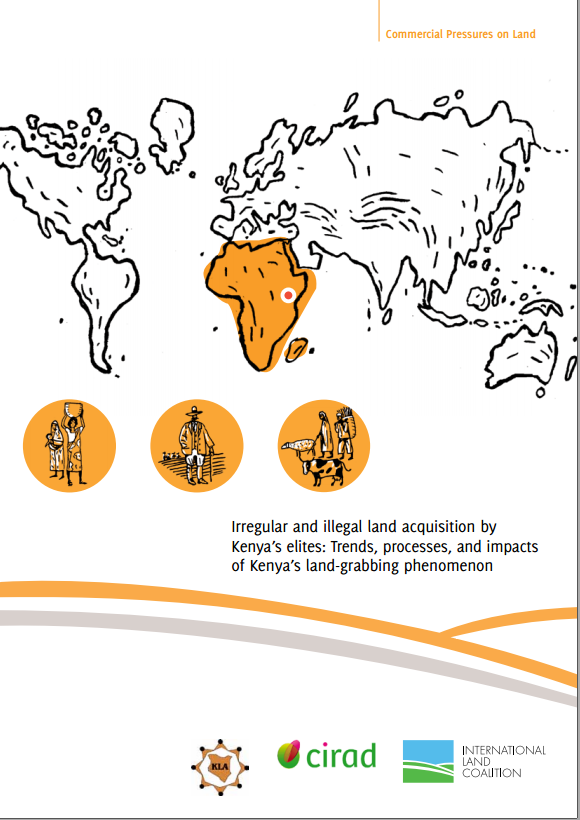Guía OCDE-FAO para las cadenas de suministro responsable en el sector agrícola
La Guía OCDE-FAO para la cadena de suministro responsable para el sector agrícola, en adelante “la Guía”, es una, dentro de varias guías desarrolladas por la OCDE para ayudar a las empresas a adoptar estándares de conducta empresarial responsable a lo largo de las cadenas de suministro agrícola, incluyendo las Líneas Directrices de la OCDE para Empresas Multinacionales, los Principios para la Inversión Responsable en la Agricultura y los Sistemas Alimentarios y las Directrices Voluntarias sobre la Gobernanza Responsable de la Tenencia de la Tierra, la Pesca y los Bosques en el Contexto de







